Regular oil changes can drastically reduce the amount of sludge buildup in the oil.
heres a helpful diagnostic tool,[/color]
http://www.circletrack.com/enginetech/c ... ilter_fun/
http://www.summitracing.com/parts/SUM-9 ... toview=sku

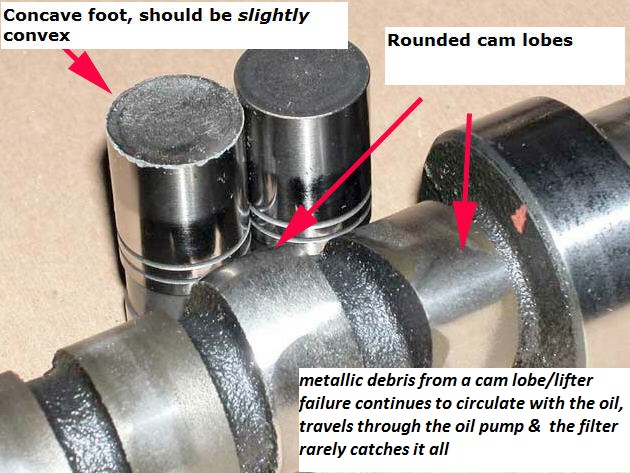
proper magnets trap metallic debris
SmCo Samarium Cobalt Disc Magnets
http://www.magnet4less.com/

if you don,t think a proper magnet can trap/hold and prevent metalic debriss from getting into the oil pump and bearings , look at this picture of an oil pan magnet I found posted
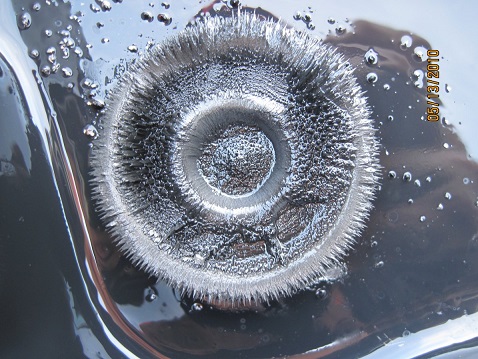
Model# SMCO-D8
Samarium Cobalt Magnets 3/4 in x 1/4 in Disc
Suitable for high temperature applications
Wholesale Price Range:
$2.99
its basically a heavy duty can opener , or an oil filter cutter designed to make it easy to internally inspect oil filters, by allowing you to remove the filter element , from inside the surrounding (CAN) for close visual inspection. if you've got more than a tiny bit of metallic crud in the filter theres a good chance some is embedded in bearings or partly clogging oil passages
If you don,t have one, and have not used one, your unlikely to see, or appreciate the benefits,close inspection can and does frequently give you prior evidence of impending or at least gradually occurring wear and with practice you can make an excellent guess as to the parts and condition of those components.
IT also helps to trap crud if you install a couple high temp magnets on the filter and in the oil pan.

you would be amazed at the sludge build up in some engines
Basic filter cutting & inspection procedures
· Visually check the filter and or filter canister for cracks and leaks.
· Inspect the filter`s bypass valve to ensure it is operating correctly.
· Drain the filter of its contents (dispose of this liquid in the correct manner in accordance with local environmental guidelines).
· Firmly hold the filter in an upright position (head on top) taking care not to crush or damage the housing.
· Using a specially designed filter cutting tool (for example, Komatsu part number 3310587S )
heres a helpful diagnostic tool,

http://www.summitracing.com/parts/SUM-9 ... toview=sku
carefully cut off the top of the filter.
· Remove the element from the filter housing and pour the contents of the housing onto some clean absorbent paper.
· Inspect the absorbent paper for traces of foreign particles.
· Inspect the filter medium for signs of damage and blockages. Blockages force the bypass valve into operation, allowing unfiltered fluid to travel to and enter major components.
· Remove the filter medium from the filter by cutting between 2030 mm (about one inch) from the end plate and cut the medium into small pieces.
· Carefully inspect the filter medium for traces of metal contaminants.
Most engine trouble involves the lube system, and cutting waste filters apart often reveals warning signs that will help avert major damage. As a disposable element of the system, the filter sometimes acts as a fuse, calling attention to problems by failing before engine components are damaged. Problems associated with wear in the combustion chamber inevitably show up in the oil, and the filter collects clues. Field maintenance operations that take time to read the signs will have another tool for anticipating failures and reducing repair costs.
http://www.machinerylubrication.com/Rea ... inspection
http://www.tomorrowstechnician.com/Arti ... lters.aspx
http://www.tomorrowstechnician.com/Arti ... lures.aspx
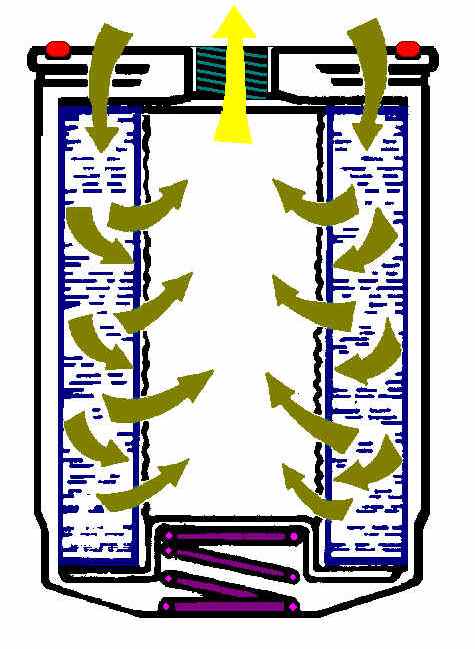
http://www.summitracing.com/parts/SUM-9 ... toview=sku
http://www.circletrack.com/techarticles ... index.html
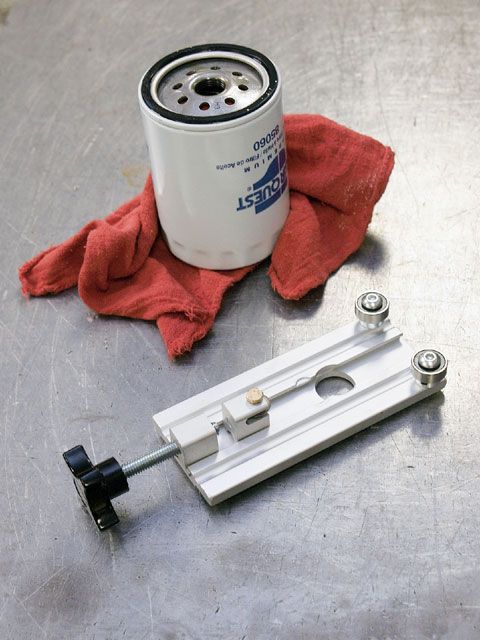

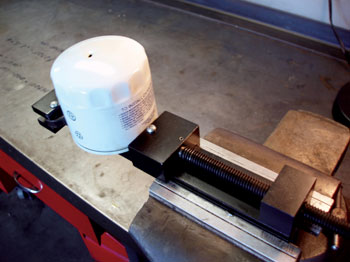
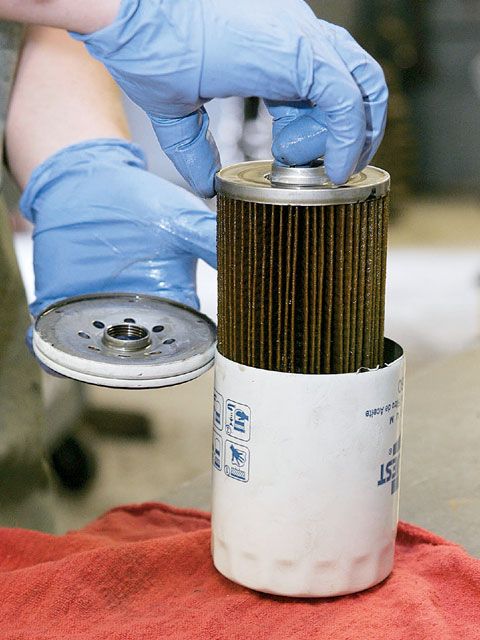
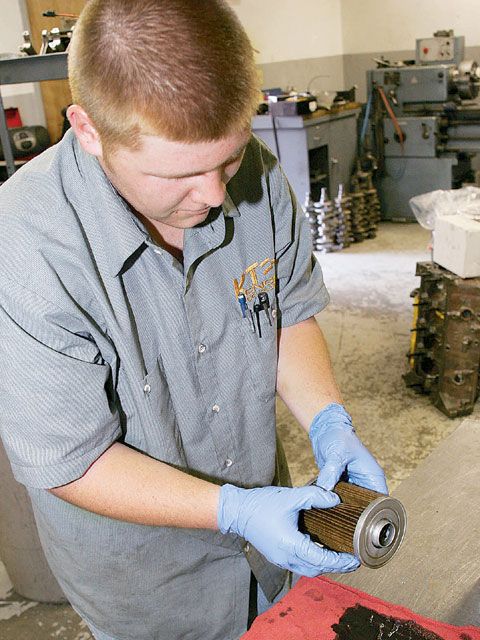
heres a helpful diagnostic tool,[/color]
http://www.circletrack.com/enginetech/c ... ilter_fun/
http://www.summitracing.com/parts/SUM-9 ... toview=sku


proper magnets trap metallic debris
SmCo Samarium Cobalt Disc Magnets
http://www.magnet4less.com/

if you don,t think a proper magnet can trap/hold and prevent metalic debriss from getting into the oil pump and bearings , look at this picture of an oil pan magnet I found posted

Model# SMCO-D8
Samarium Cobalt Magnets 3/4 in x 1/4 in Disc
Suitable for high temperature applications
Wholesale Price Range:
$2.99
its basically a heavy duty can opener , or an oil filter cutter designed to make it easy to internally inspect oil filters, by allowing you to remove the filter element , from inside the surrounding (CAN) for close visual inspection. if you've got more than a tiny bit of metallic crud in the filter theres a good chance some is embedded in bearings or partly clogging oil passages
If you don,t have one, and have not used one, your unlikely to see, or appreciate the benefits,close inspection can and does frequently give you prior evidence of impending or at least gradually occurring wear and with practice you can make an excellent guess as to the parts and condition of those components.
IT also helps to trap crud if you install a couple high temp magnets on the filter and in the oil pan.

you would be amazed at the sludge build up in some engines
Basic filter cutting & inspection procedures
· Visually check the filter and or filter canister for cracks and leaks.
· Inspect the filter`s bypass valve to ensure it is operating correctly.
· Drain the filter of its contents (dispose of this liquid in the correct manner in accordance with local environmental guidelines).
· Firmly hold the filter in an upright position (head on top) taking care not to crush or damage the housing.
· Using a specially designed filter cutting tool (for example, Komatsu part number 3310587S )
heres a helpful diagnostic tool,

http://www.summitracing.com/parts/SUM-9 ... toview=sku
carefully cut off the top of the filter.
· Remove the element from the filter housing and pour the contents of the housing onto some clean absorbent paper.
· Inspect the absorbent paper for traces of foreign particles.
· Inspect the filter medium for signs of damage and blockages. Blockages force the bypass valve into operation, allowing unfiltered fluid to travel to and enter major components.
· Remove the filter medium from the filter by cutting between 2030 mm (about one inch) from the end plate and cut the medium into small pieces.
· Carefully inspect the filter medium for traces of metal contaminants.
Most engine trouble involves the lube system, and cutting waste filters apart often reveals warning signs that will help avert major damage. As a disposable element of the system, the filter sometimes acts as a fuse, calling attention to problems by failing before engine components are damaged. Problems associated with wear in the combustion chamber inevitably show up in the oil, and the filter collects clues. Field maintenance operations that take time to read the signs will have another tool for anticipating failures and reducing repair costs.
http://www.machinerylubrication.com/Rea ... inspection
http://www.tomorrowstechnician.com/Arti ... lters.aspx
http://www.tomorrowstechnician.com/Arti ... lures.aspx

http://www.summitracing.com/parts/SUM-9 ... toview=sku
http://www.circletrack.com/techarticles ... index.html





Last edited by a moderator:
